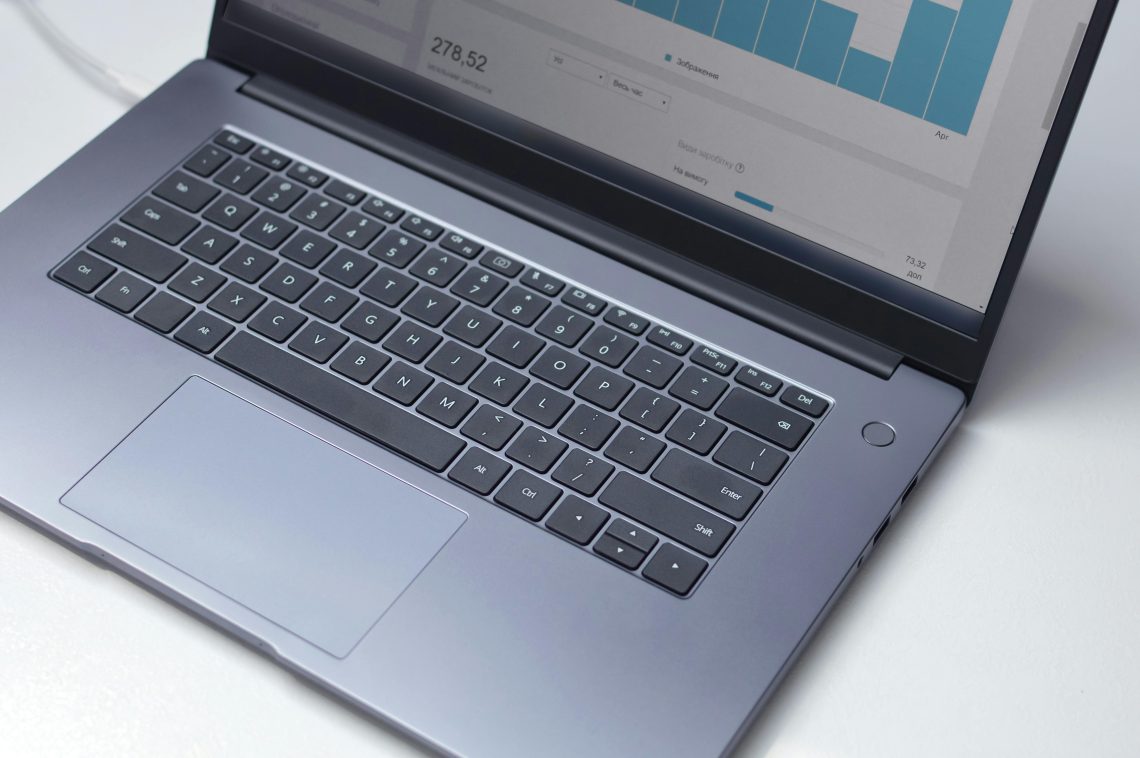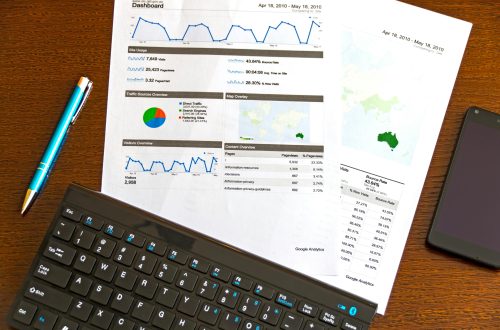
Low-Code and No-Code Dashboard Tools: Revolutionizing Data Visualization
Data visualization has become easier than ever using low-code and no-code data tools. Users can now create visuals in an immersive dashboard that offers decision-making without long reporting cycles, or complex or confused processing. This means that you do not need coding skills or deep coding knowledge to do it in a faster, easier way.
Data visualization is a crucial part of data analysis giving a better insight into your business and allowing individuals and organizations to identify valuable data points with faster and more meaningful representation.
Data visualization refers to visual representation of data not only to make data easily understandable but also the convey the information more interactively. The complete data is interpreted in the form of charts, graphs, maps, or diagrams to make them more effective.
What is Low-code Data Visualization?
It is a visual approach to software development. Low-code tools enable faster delivery of applications but with minimal hand-coding. These platforms have transformed the way apps are created with built-in tools like graphical user interfaces and drag-and-drop functions that automate parts of app creation.
This mitigates the traditional programming approaches significantly. The primary benefit of these platforms is the democratization of app development, enabling non-technical business users such as analysts or project managers with little coding background to build applications. This way, organizations will be able to decrease IT department backlogs and shadow IT, and employees can have more power in managing business processes.
Low-code platforms not only help non-technical employees but also provide a smooth experience for seasoned developers since they are open to functioning without expert programming skills.
Given that individuals and companies are more encouraged than ever to adopt business automation and digital transformation thanks to COVID-19, the requirement for low-code platforms is higher now.
What is No-code Data Visualization?
Nonetheless, no-code data visualization refers to using a tool in which users can derive and elaborate appealing charts, graphics, and dashboards without code script. With a drag-and-drop interface, this technology enables building and rendering next-generation visualizations that are user-friendly and at the same time, information-effective.
Now, anyone can visualize and analyze their data without having to write a lot of code. No-code tools allow people who know data and what questions to ask of it but do not want to write a single line of code, to create interactive data visualizations.
Business owners can create beautiful infographics and data representations without knowing a bit of code. It also means that it is a highly cost-effective solution as most businesses do not have to burn huge chunks of cash hiring expensive coding professionals to create and generate data visuals.
No-code data visualization tools help simplify even the most complicated data into a form that can be more easily understandable. Having charts & graphs (as an example) facilitates the simplest information where it makes extra sense.
In addition to this, the services offer great time and cost savings as well. It is important to note that coding is a skill-set and it takes years of practice and learning; most business owners are not smart enough to do this themselves. Skilled computer scientists or proficient programmers usually come at a high price, often six figures a year. However, no-code solutions empower users to design data visualizations themselves in minutes and without expensive expertise.
Best Low-Code Platforms For Building Applications
Unlocking an incredible amount of efficiency in your workflows and fast-tracking automation projects, are the must-haves in the toolbox for any business trying to bootstrap themselves through the ever-changing landscape.
Nintex
Nintex is a low-code process automation solution that allows users to improve workflows with its functionality, utilizing a drag-and-drop builder and custom templates. Specifically for sophisticated workflows, Nintex Automation Cloud, its platform, delivers and is a good fit for companies looking for something that scales.
Nintex specializes in communicating processes over communication, records, and content systems. Brandon Conley founded it in 2015 and integrated a process mapping feature where you could easily get an overview of your existing workflows and implement changes while keeping the workflow in view from end to end remaining one of its strong points.
Nintex also includes an out-of-the-box robotic process automation (RPA) capability that automatically streamlines repetitive tasks, such as document creation and e-signatures, to streamline workflows and enhance productivity. 
Appian
Appian stood out for evaluation because of the heavy emphasis on case management, and in particular this case handling exceptions in AdHoc processes. Appian’s RPA bots could hand off processes but the platform would log all steps for someone else to review at another time and drive improvements using data.
One of the case management features of Appian is its ability to aggregate information from various sources into one unified view and real-time analytics and reports. This is particularly helpful when working on cases involving several members, for technical tracking and decision-making scalability is heightened by the automation features to manage repetitive tasks across a multitude of projects or workflows.
Best No-Code Platforms For Building Applications
Tableau
We tend to think of data visualization as an area best handled by professionals, but there are no-code tools that democratize the practice for laypeople. A leading no-code Business Intelligence (BI) solution you can think of is Tableau, which supports users to work with data in different branches.
Highly flexible and comprehensive tools are available for creating different types of visualizations in Tableau. That comes with a depth of functionality, though, which has a learning curve and will take time to truly learn.
Tableau has a per-user, per-month subscription licensing model based on the type of license and purpose. A free version is available for users with simple needs, and paid licenses cost between $15 and $70 per month depending on the features they need.
These flexible plans meet the exact needs of businesses using tiered pricing. The free version of Tableau may be great to get you started exploring no-code BI solutions and visualization.
Google Data Studio
One other highly effective no-code software is Google Data Studio, which permits the simplistic sharing of knowledge insights. Google Data Studio was created with the express purpose of being accessible to everyone, not just data professionals. It allows you to create an unlimited number of dashboards, including templates to make the process easier for free users.
Google Data Studio is even more powerful when combined with Google Analytics (GA) to produce dynamic and tailored data visualizations. Integrating GA and Google Data Studio with templates for dashboards available, users are empowered to develop customized reports that are automatically updated. Finally, when it comes to sharing data, Google Data Studio shines, as you can easily share your data across your team and also send insights to all involved parties.
Low-code Versus No-code
There are organizational and tool differences that separate low-code and no-code products. The process can be either complex or high-level and is aimed at both professional and non-professional developers but often requires a touch of coding knowledge.
For this reason, low-code platforms are better suited for both full-time and part-time developers. In contrast, no-code products are targeted at business users so that they can create custom apps on their own without having to have development expertise or technical knowledge.
Focused on advancing process automation, both platforms help improve scalability across business processes. However, one of the major disappointments with no-code platforms has led this movement towards more shadow IT. They reduce the demand from business users for unauthorized or shadow UI skills, but they also present another layer of challenges in enabling business users to (admittedly more slowly) develop and modify software without the oversight of the IT department.
Conclusion
Data is now the crux of everything dealing with as a global point of focus, and stepping into the wide world of data analysis can be a mess. Like a low-code offering, a no-code development platform enables users with little coding experience to build enterprise applications using visual drag-and-drop methods rather than writing out every line in the program.





